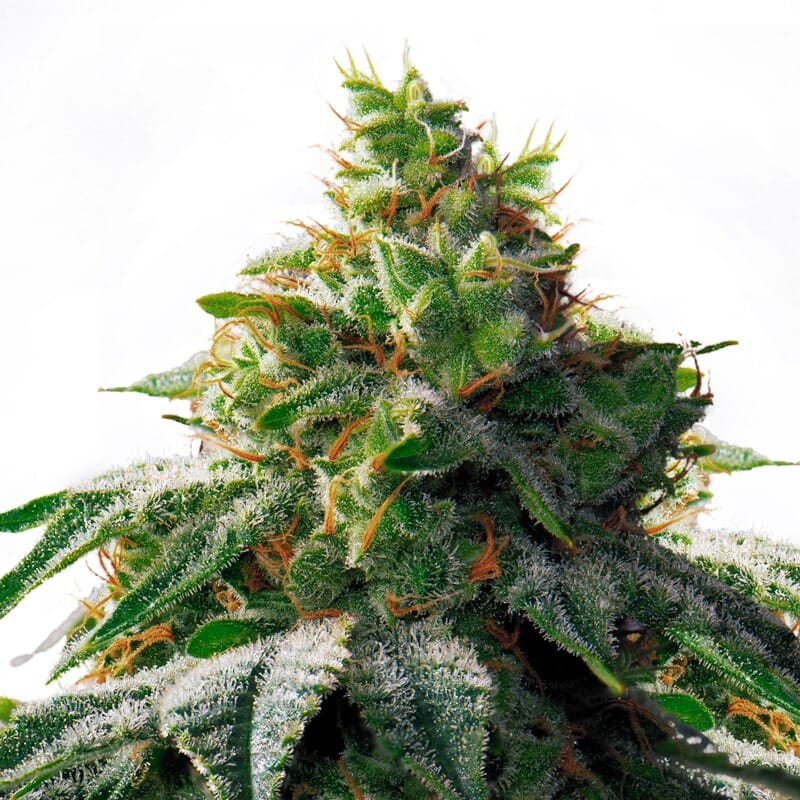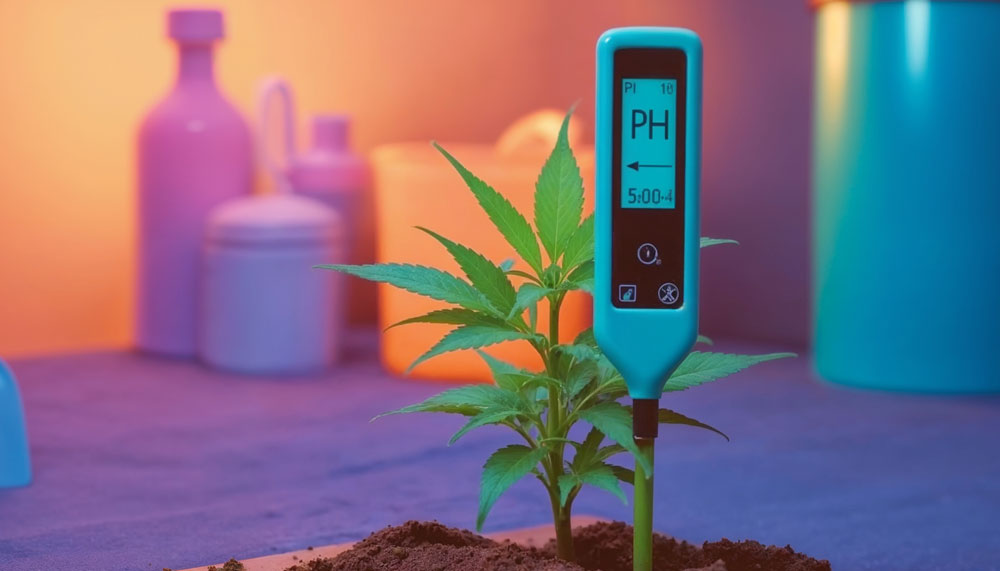Like all flowering plants, marijuana is supposed to smell remarkable and flowery. But if the female marijuana you’re growing smells like rotten eggs, you know you have a problem, and it might just be root rot.
What is root rot?
Root rot is commonly caused by a fungus-like organism called Pythium. Although it is most often found in hydroponic systems, it can also affect plants in soil or other planting mediums.
The same symptoms of root rot caused by over-watering your cannabis plant can be found in root rot caused by Pythium. It will look like your plant has various nutrient deficiencies on its leaves. It does because the roots cannot properly absorb the nutrients it needs, even though those nutrients are abundant.
How do I know if I have root rot?
The plant will look stunted. Your leaves will become yellow, wilting, and slowly die out. A telltale sign of root rot is particularly slimy brown roots instead of the typical healthy and firm white or off-white roots. The first unmistakable sign of root rot is an overpowering stench. Clear takes another whiff of it.
Cleanliness is key!
Pythium attacks stressed plants first, gaining entry into the plant through damaged plant tissues. Roots with insect injuries can also provide an entry site for pathogens through feeding wounds. Pythium attacks the root tips and then works upward in the root system.
Disinfect everything
Because root rot in hydroponic systems is the most common, I’m going to help you prevent it from happening there in the first place. Cleanliness is key! Disinfect all your growing equipment belly thoroughly before you start growing a new crop every time. Keep your area clean and free from dead cannabis leaves, roots, or other debris to prevent bacteria from growing. Sterilize equipment shared between tanks like pH meters. Use filtered water, or if you’re using healthy water or untreated water, have it checked for microbes.
Change your water frequently
Change your container water regularly to prevent stagnant old water from overproducing bacteria. Try to do this about once a week; don’t wait longer than two weeks. New water and the nutrients that come along with it will keep your plants healthy. The water should be at a stable pH level. Somewhere between 5.5 – 6.0 pH is suitable. You should keep the temperature between 18 to 22°C (65 to 71°F). Take into account that submerged pumps can increase the temperature of the water.
Cover your reservoir
Cover your reservoir to prevent light and debris from getting into it. Also, try to avoid transplanting from the soil into a hydroponic system. Dirt within the roots can be a haven for pathogens, so start with a soil-less medium for seed starting.
Hydrogen peroxide
Follow these cumbersome but easy rules, and you might stand a chance to fight off root rot. If you’re already fighting root rot, I’m sorry to say that, in many cases, it’s fatal, and you may have to start a fresh batch. Although if you’ve just noticed that your roots have soft root rot, then introduce fungicides created to treat Pythium into your system.
The debatable use of hydrogen peroxide
Some other debatable practices may help you if you have root rot. For example, some growers have successfully used hydrogen peroxide, while others say it’s only a temporary solution and prefer other store-bought root treatments.
If you want to try the Hydrogen Peroxide treatment, remove your plant from the system and cut off damaged roots. Soak the roots repeatedly in a container with a robust Hydrogen Peroxide solution until the diseased parts have come off. A 2:1 solution of water to hydrogen peroxide (using a 3% hydrogen peroxide solution) should do the trick. It would be best if you sterilize your equipment before replacing your plants.
Your pots, hoses, reservoirs, and everything needs to be sterilized with bleach or a robust peroxide solution and rinsed very well. When ready to put the plants back, add an anti-Pythium additive and fresh nutrients to your reservoir. Keep your temperature on the low side and keep an eye on the plant in the next week to see if it’s growing new, beautiful, and firm white roots.
What if you cannot fight the root rot?
If your babies are not coming back, it’s time to say goodbye and learn from your mistakes. Remove all the affected plants; do not compost them, as the Pythium microbes will continue to live in the roots of the infected plants. Then, again, sterilize your equipment, get rid of all the contaminated water, and don’t look back! Start afresh; you can do it, the next batch will be well worth it, and this will never happen again.
FAQs about How to Get Rid of Weed Breath
What is root rot in cannabis plants?
Root rot is a condition caused by the fungus-like organism Pythium, commonly found in hydroponic systems but also affecting soil-grown plants. It leads to nutrient deficiencies in plants as the roots cannot absorb necessary nutrients.
How can I identify root rot in my cannabis plants?
Signs of root rot include stunted plant growth, yellowing and wilting leaves, and an overpowering stench. A telltale sign is slimy brown roots instead of healthy white or off-white roots.
How can I prevent root rot in my cannabis plants?
Prevent root rot by maintaining cleanliness in your growing environment, disinfecting all equipment, changing water frequently, keeping the water at a stable pH level (5.5-6.0), and maintaining a temperature of 18-22°C (65-71°F). Additionally, cover your reservoir to prevent light and debris from entering.
















